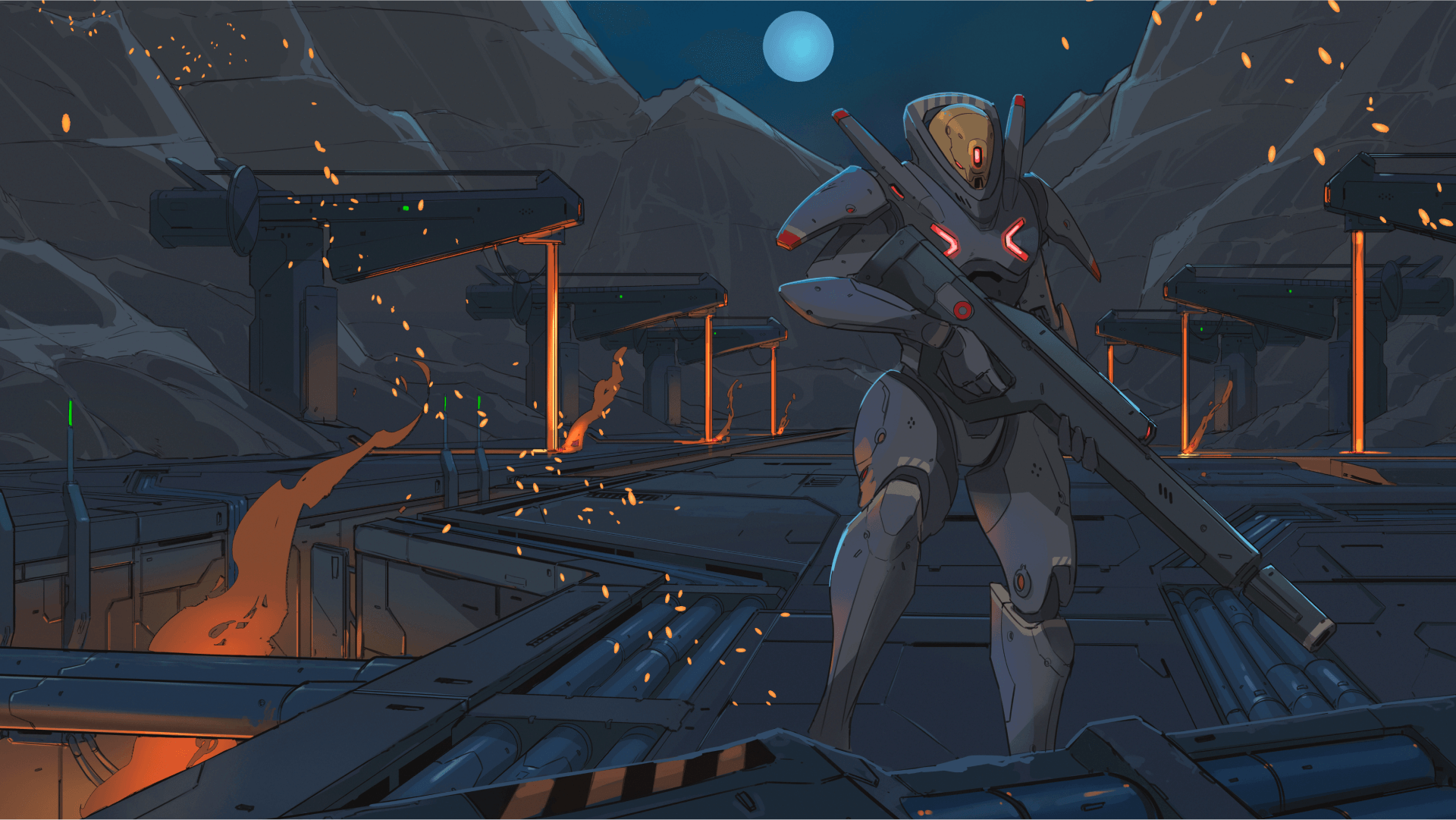Although Web3 gaming is currently experiencing a golden era, recent years have not been a boom for decentralized electronic entertainment. The winding path to gaining approval in the Web2 gaming community actually began 10 years ago. Web3 gaming has changed quite a lot in recent years, but the current interest in this industry is defining a new era of digital entertainment.
Where did Web3 gaming come from?
Decentralized gaming is such a strong part of electronic entertainment today that Web3 games already have stands at “traditional” gaming events, such as the PGA. However, this was not always the case. In recent years, web3 gaming has had rather negative connotations among players. However, in order to follow this in detail, it is worth starting from the very beginning, i.e. the prehistory of on-chain games.
The first of them was Huntercoin, a simple game using blockchain technology. The title quickly flopped, but it was the first time testing the blockchain in battle and verifying whether the emerging cryptocurrency community would be interested in electronic entertainment combined with cryptography.
Further attempts to popularize Web3 gaming
Over the following years, not only bitcoin rose, reaching its next ATH, but also the idea of decentralized gaming. More and more simple games were being created that experimented with implementing blockchain technology, including even more complex ecosystems based on tokenomics.
Players, however, began to perceive Web3 gaming as a kind of perversion of their beloved entertainment. This was primarily due to the fact that Web3 games had very poor graphics and limited gameplay – in favor of the implementation of blockchain technology. For this reason, the gaming community looked at decentralized gaming as a passing fad that would fade away as quickly as the popularity of fidget spinners. However, this did not happen.
Popularization of NFTs and the craze for blockchain games
2021 was a definite game changer when it comes to decentralized gaming. This was related to non-fungible tokens, which caused a real frenzy in the cryptocurrency market. NFT tokens were selling like hot cakes, and avatars of bored monkeys were being sold at auctions for astronomical amounts. That's when Web3 gaming began to grow, as NFT tokens perfectly fit the idea of decentralized electronic entertainment.
However, the concept of in-game items assigned to a specific player did not originate with the creation of NFT tokens. She has been present in gaming for many years. Players of titles such as: Counter-Strike: Global Offensive, in which skins for rifles, pistols and, above all, knives, reached huge amounts. For example, skin Dragon Lore for an AWP sniper rifle in the highest “factory quality” is valued at $400,000.
For this reason, Web3 game developers assumed that NFT tokens would naturally catch on among the gaming community. Interestingly, this was noticed not only by niche game developers, but also by Web2 gaming giants. Ubisoft noticed the growing wave of popularity of NFT tokens and quickly responded by releasing items for its games saved in the form of non-fungible tokens. The French hegemon also created a special exchange called Ubisoft Quartz, where players were to be able to trade their items. However, players interpreted this move very negatively, boycotting the entire platform as well as the items released by Ubisoft related to NFT tokens.
Steam ban and the cryptocurrency winter period
The very negative reception of Ubisoft's tokenization plot caused other platforms to start reacting to the increasing popularization of blockchain-based games. Valve, the owner of Steam (the largest gaming platform), has blocked blockchain-based games that allow you to earn NFT tokens and cryptocurrencies.
Interestingly, the then debuting Epic Games platform decided to go in a completely opposite direction and did not intend to fight NFTs in games. At that time, there was also a significant exodus to the new platform. Web3 gaming was developing quite quickly at that time.
Cryptocurrency spring 2024 and a breath of new trends
Moments after Steam's ban, the digital asset market experienced a crash that caused a cryptocurrency winter that lasted until last year. In the case of the Web3 industry, however, it was not a waste of time, as work on many impressive titles began, such as: RoboHero.

Web3 gaming has ceased to be associated with a scammer approach, and has started to be perceived as an equivalent electronic entertainment industry. A great visualization of this trend is the popularity of the Web3 games stand at last year's event for “traditional” players, i.e. PGA 2023. It is worth noting that the above-mentioned game was very popular at this event. RoboHero, a tactical game for smartphones. It is a combination of traditional gameplay, known by players from titles such as: Warhammer 40k Mechanicus, with the Web3 ecosystem based on the $ROBO token, which will soon appear on stock exchanges. And there are many indications that it may gain great interest among both players and investors.
To summarize, Web3 gaming is currently heading towards its golden era. This is visible not only in trending titles, such as: RoboHerobut also after the increase in capital invested in the decentralized gaming industry.

